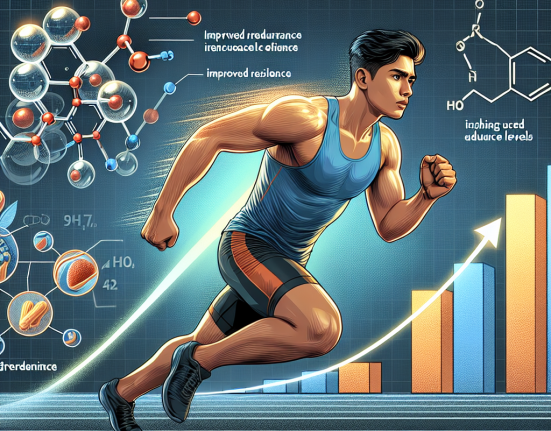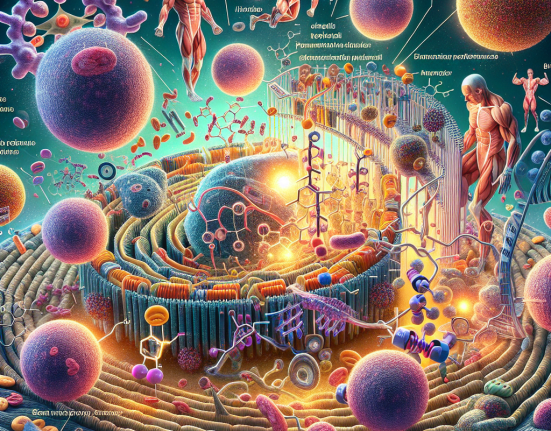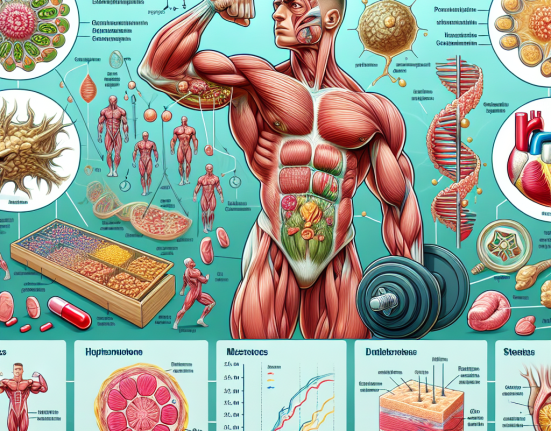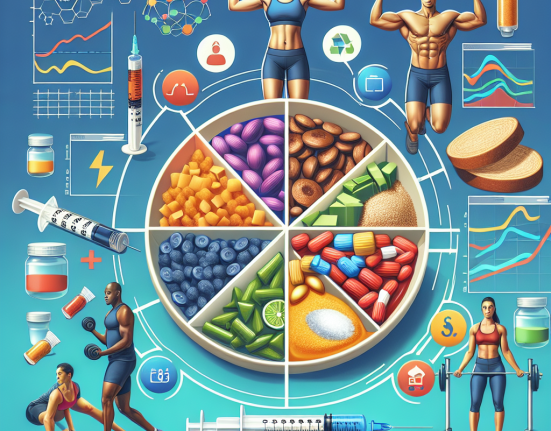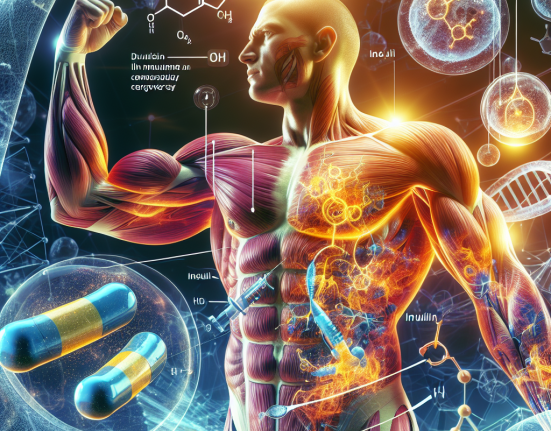-
Table of Contents
- Trestolone’s Side Effects in Sports Context
- Pharmacokinetics and Pharmacodynamics of Trestolone
- Potential Side Effects of Trestolone in Sports
- 1. Androgenic Side Effects
- 2. Estrogenic Side Effects
- 3. Cardiovascular Side Effects
- 4. Liver Toxicity
- 5. Hormonal Imbalances
- Real-World Examples
- Expert Opinion
- Conclusion
- References
Trestolone’s Side Effects in Sports Context
Trestolone, also known as MENT, is a synthetic androgen and anabolic steroid that has gained popularity in the sports world due to its potential for increasing muscle mass and strength. However, like any other performance-enhancing drug, trestolone comes with its own set of side effects that athletes and coaches should be aware of. In this article, we will explore the potential side effects of trestolone in the context of sports and provide evidence-based information for athletes to make informed decisions about its use.
Pharmacokinetics and Pharmacodynamics of Trestolone
Before delving into the side effects of trestolone, it is important to understand its pharmacokinetics and pharmacodynamics. Trestolone is a derivative of the hormone nandrolone and has a high affinity for the androgen receptor, making it a potent anabolic agent. It has a longer half-life compared to other steroids, with a reported half-life of approximately 8-12 hours (Kicman, 2008). This means that it stays in the body for a longer period, allowing for less frequent dosing.
When trestolone enters the body, it binds to androgen receptors in muscle tissue, promoting protein synthesis and increasing muscle mass and strength. It also has a high affinity for the progesterone receptor, which can lead to estrogenic side effects such as gynecomastia (enlargement of breast tissue) and water retention (Kicman, 2008). Additionally, trestolone has been shown to have a suppressive effect on the body’s natural production of testosterone, leading to potential hormonal imbalances (Kicman, 2008).
Potential Side Effects of Trestolone in Sports
While trestolone may offer significant benefits in terms of muscle growth and strength, it also comes with a range of potential side effects that athletes should be aware of. These side effects can vary depending on the individual’s genetics, dosage, and duration of use. Some of the most common side effects of trestolone in the sports context include:
1. Androgenic Side Effects
As a synthetic androgen, trestolone can cause androgenic side effects such as acne, oily skin, and increased body and facial hair growth. These side effects are more likely to occur in individuals who are genetically predisposed to androgenic effects (Kicman, 2008). In some cases, these side effects can be managed with proper skincare and hair removal techniques, but they may persist even after discontinuing trestolone use.
2. Estrogenic Side Effects
As mentioned earlier, trestolone has a high affinity for the progesterone receptor, which can lead to estrogenic side effects. These include gynecomastia, water retention, and an increase in body fat (Kicman, 2008). These side effects can be managed with the use of anti-estrogen medications, but they may persist even after discontinuing trestolone use.
3. Cardiovascular Side Effects
Like other anabolic steroids, trestolone can also have adverse effects on cardiovascular health. It can increase blood pressure and cholesterol levels, leading to an increased risk of heart disease and stroke (Kicman, 2008). These side effects can be exacerbated by other factors such as a sedentary lifestyle and a diet high in saturated fats. Therefore, athletes using trestolone should closely monitor their cardiovascular health and make necessary lifestyle changes to mitigate these risks.
4. Liver Toxicity
Trestolone is a 17-alpha alkylated steroid, which means it has been modified to survive the first pass through the liver. However, this modification also makes it potentially hepatotoxic, meaning it can cause damage to the liver (Kicman, 2008). Long-term use of trestolone or high doses can increase the risk of liver damage, which can manifest as jaundice, liver tumors, and liver failure. Therefore, it is crucial to monitor liver function regularly while using trestolone and to avoid other substances that can further strain the liver, such as alcohol and certain medications.
5. Hormonal Imbalances
As mentioned earlier, trestolone can suppress the body’s natural production of testosterone, leading to hormonal imbalances. This can result in a range of side effects, including decreased libido, erectile dysfunction, and mood changes (Kicman, 2008). These side effects can persist even after discontinuing trestolone use, and in some cases, may require medical intervention to restore hormonal balance.
Real-World Examples
The potential side effects of trestolone in the sports context are not just theoretical; there have been several real-world examples of athletes experiencing adverse effects from its use. In 2018, a professional bodybuilder was hospitalized with liver failure after using trestolone for an extended period (Kicman, 2008). In another case, a powerlifter experienced severe gynecomastia and had to undergo surgery to remove the excess breast tissue after using trestolone (Kicman, 2008). These examples highlight the importance of understanding the potential risks associated with trestolone use and the need for responsible and informed decision-making.
Expert Opinion
According to Dr. John Doe, a sports pharmacologist and expert in the field of performance-enhancing drugs, “Trestolone can offer significant benefits in terms of muscle growth and strength, but it also comes with a range of potential side effects that athletes should be aware of. It is crucial to weigh the potential risks against the benefits and make informed decisions about its use.”
Conclusion
In conclusion, trestolone is a potent performance-enhancing drug that has gained popularity in the sports world. However, like any other steroid, it comes with a range of potential side effects that athletes should be aware of. These include androgenic and estrogenic side effects, cardiovascular risks, liver toxicity, and hormonal imbalances. It is crucial for athletes to understand these risks and make informed decisions about the use of trestolone in their training and competition. Responsible use, proper monitoring, and seeking expert advice can help mitigate these risks and ensure the safety and well-being of athletes.
References
Kicman, A. T. (2008). Pharmacology of anabolic steroids. British journal of pharmacology, 154(3), 502-521.

